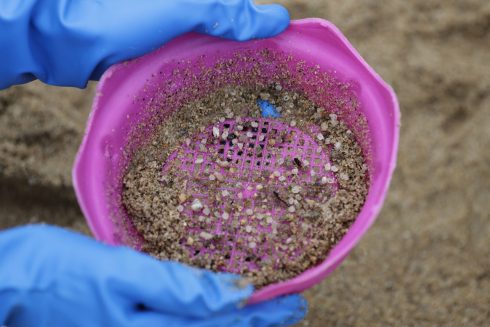A NEW study has revealed skyrocketing STI infections across Spain, with rates of gonorrhoea more than quadrupling between 1995 and 2022.
The report looked at incidences of the most common STIs, like syphilis, gonorrhoea, and chlamydia, and was put together by the National Center for Epidemiology (CNE) and the Carlos III Health Institute.
In 2022, rates of STI infection in Spain varied widely across the autonomous communities.
Catalunya reported the highest gonorrhoea infection rate, at 121.88 cases per 100,000 inhabitants, while the Spanish enclaves of Ceuta and Melilla on the North African coast reported the lowest, at 0 and 4.83, respectively.
The Basque Country, Madrid, and the Balearic Islands rounded out the top of the list with rates of 63.82, 58.89, and 48.61, while Extremadura, Castilla La Mancha, and Asturias completed the bottom, at 6.94, 10.30, and 10.54, respectively.

Across Spain, 79.9% of gonorrhoea cases were men.
The highest rates of syphilis in 2022 were found in the Canary Islands, which reported 33.47 per 100,000.
Madrid counted 25.93 per 100,000, Catalunya reported 24.75, and the Balearics rounded out the top four at 24.67.
Melilla reported zero syphilis cases, while the lowest rates of infection were found in Aragon, La Rioja, and Castilla La Mancha.
As with gonorrhoea, men were overrepresented, amounting to 89% of syphilis cases.
Data for chlamydia was only available between 2016 and 2022, although the trend generally followed those of syphilis and gonorrhoea.
Catalunya reported the highest rate of infection at 162.92 per 100,000, while Melilla reported the lowest, with zero cases.
Navarra, the Basque Country and Madrid also reported high rates of infection, at 111.34, 101.0 and 61.13, respectively, while the lowest rates were found in Aragon, Extremadura, and Castilla La Mancha.
Increasing infection rates
Between 1995 and 2001, the rate of gonorrhoea infection per 100,000 residents decreased sharply, from 11.69 to 2.04.
But rates of gonorrhoea infection have increased nearly every year since, reaching 49.0 per 100,000, or 23,333 cases in 2022.
As far as syphilis cases, the trend follows that of gonorrhoea, with a general decline from 1995 until 2001, after which point the infection rate per 100,000 increased almost steadily until peaking at 17.10 in 2022, although there were brief declines in 2016 and 2020.
The rate of chlamydia infections across the 16 autonomous communities studied rose from 18.06 per 100,000 inhabitants in 2016, to 62.38 in 2022, amounting to 26,518 total cases.
Like the other STIs studied, infection rates increased almost continuously between 2016 and 2022, though they dipped slightly in 2020.
As far as age groups, young people in their 20s and early 30s had the highest STI infection rates.
Syphilis was most common among 25-34 year olds, while gonorrhoea and chlamydia were most common among 20-24 year olds.
STI infections have increased globally over the past few decades.
According to a report by the US National Institute of Health, the number of incident cases of the five most common STIs — syphilis, chlamydia, gonorrhoea, trichomoniasis and genital herpes — increased by 58% between 1990 and 2019, although the authors acknowledge this may be attributable to general population increase.
READ MORE
- Number of pensioners transmitting sexual diseases shoots up in recent years
- Some 40% of young people in Spain almost never use a condom during sex











